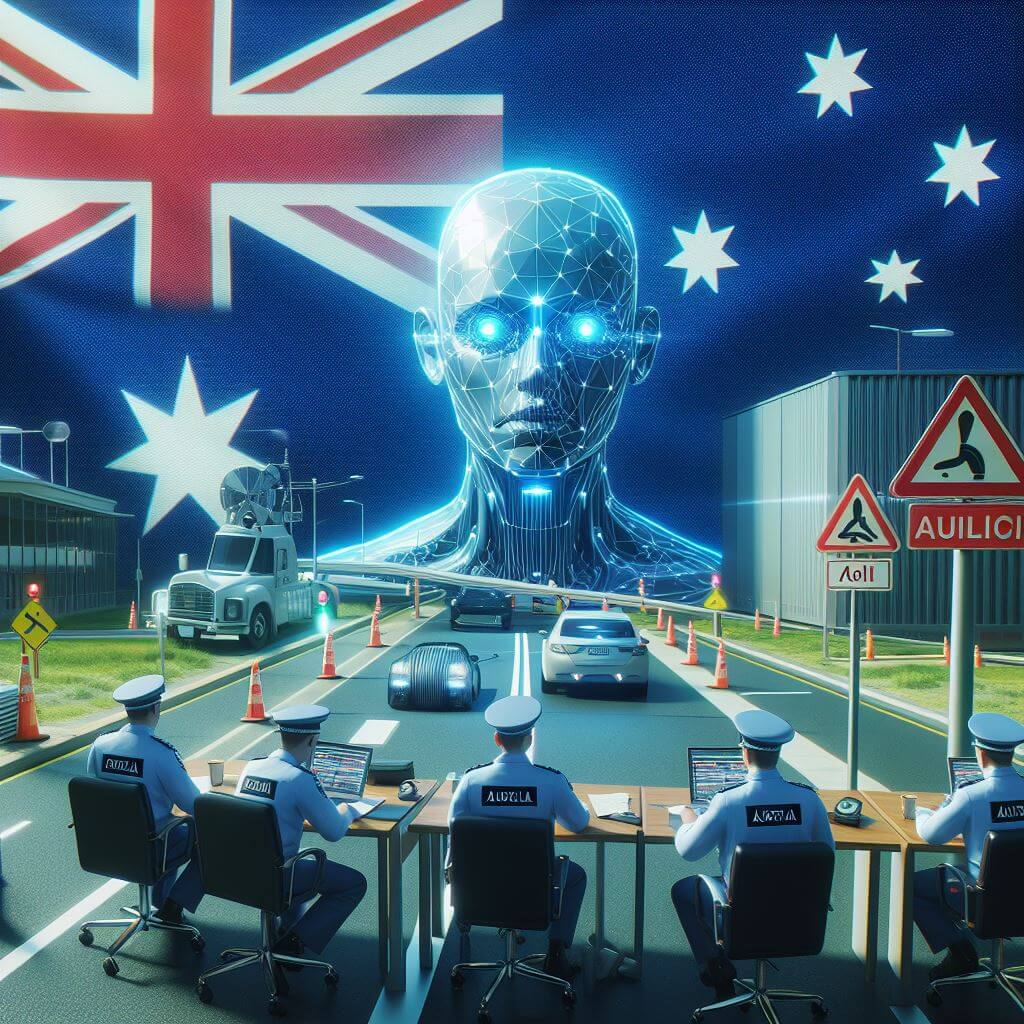Australia AI Regulations: Ensuring Responsible AI Development
The Australian government is currently weighing the possibility of introducing mandatory guardrails for the use of Artificial Intelligence (AI) in settings deemed “high-risk.” This move comes as a response to public concerns raised during a series of consultations on the matter.
Ed Husic, the Minister for Industry and Science, has expressed that while the Australian public recognizes the value of AI, there is a growing need to address and manage the associated risks effectively. He released an interim response outlining the government’s stance and proposed measures.
The primary objective of these measures, detailed in the report “Safe and Responsible AI in Australia consultation,” is to ensure a balance between safeguarding public safety and fostering the development of low-risk AI applications. The report proposes mandatory safeguards specifically for developers and deployers of AI systems in high-risk areas, ensuring that these systems are safe, especially in scenarios where potential harms are difficult or impossible to reverse.
The definition of “high-risk” settings, though varied in opinion, aligns with examples from the EU AI Act. These include critical infrastructure sectors like water, gas, and electricity, medical devices, systems impacting access to education or employment, law enforcement and justice administration, biometric identification, and emotion recognition. Other scenarios where AI might predict recidivism, assess job suitability, or control autonomous vehicles were also cited.
In cases where an AI malfunction could result in irreversible harm, the report suggests the need for strict laws guiding the development and deployment of such technology. Among the proposed regulatory measures are digital labels or watermarks for AI-generated content, ‘human-in-the-loop’ systems, and prohibitions on AI applications that pose unacceptable risks, such as behavioral manipulation, social scoring, and extensive real-time facial recognition.

Despite the urgency, the transition to mandatory regulations is expected to be gradual. Husic, in an ABC News interview, emphasized the immediate focus on designing voluntary safety standards. This approach is intended to provide clarity to the industry on expectations and compliance.
The stance on voluntary regulations over immediate mandatory ones is echoed by industry giants like OpenAI and Microsoft. However, this approach faces criticism from experts like Professor Toby Walsh of the University of New South Wales. Professor Walsh points out the insufficiency and tardiness of the interim report, highlighting concerns over voluntary agreements and the effectiveness of self-regulation in the industry.
Amidst these discussions, the report also underscores the potential economic impact of AI and automation, projecting an addition of $170 billion to $600 billion annually to Australia’s GDP by 2030. However, the challenge lies in balancing effective regulation without stifling innovation in a country known for its strict regulatory environment. As Australia navigates this complex landscape, the path to harnessing the full potential of AI remains a topic of national and international interest.




